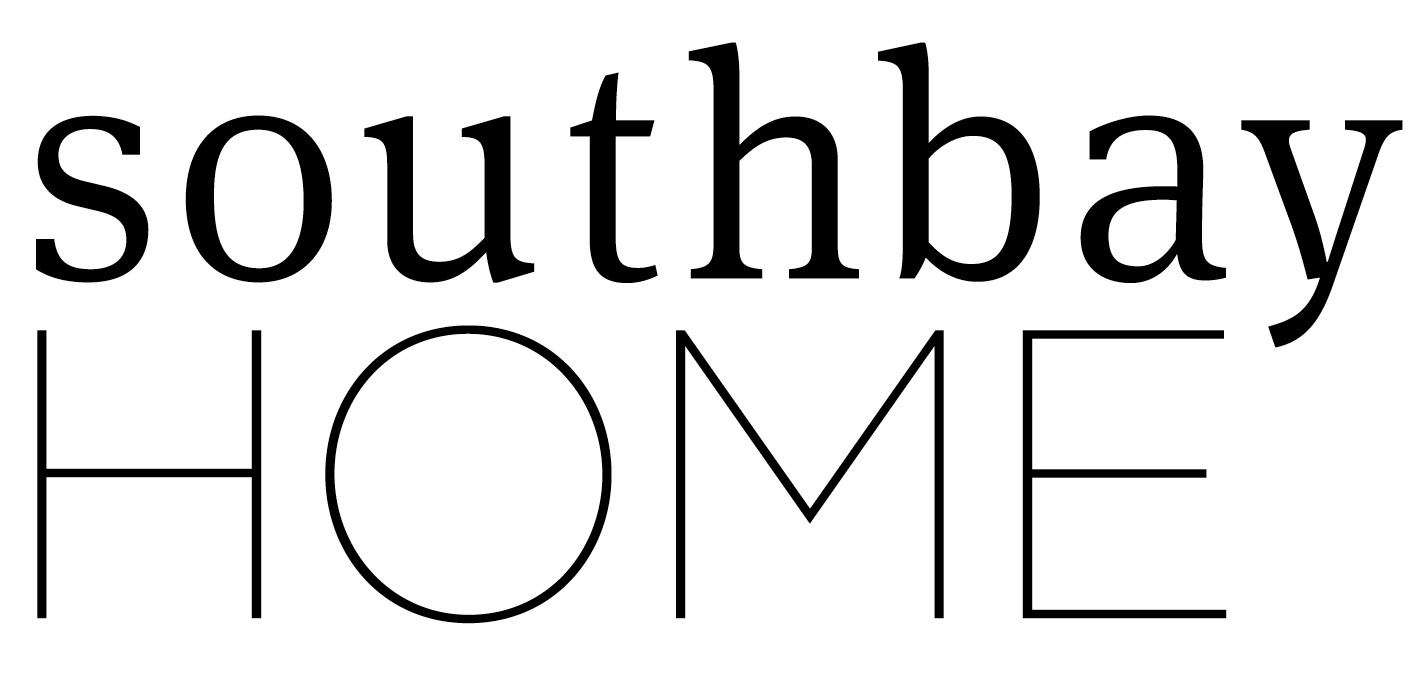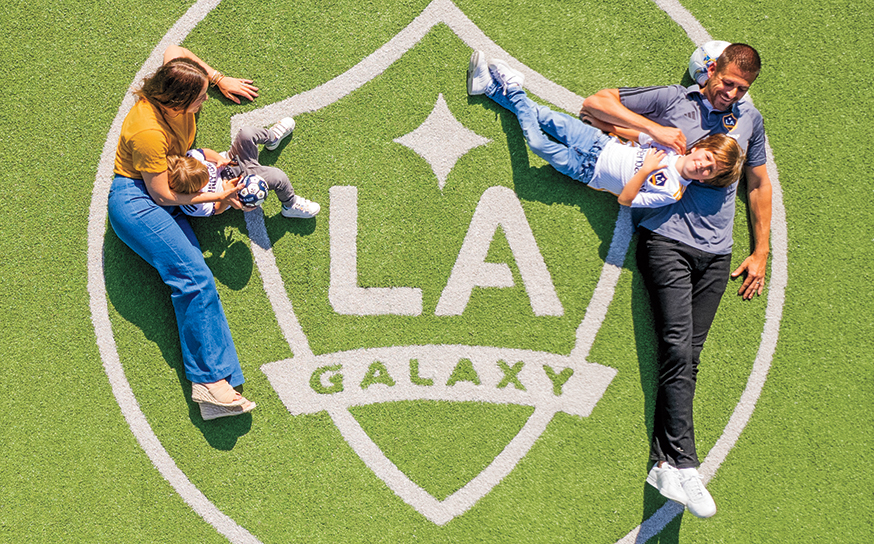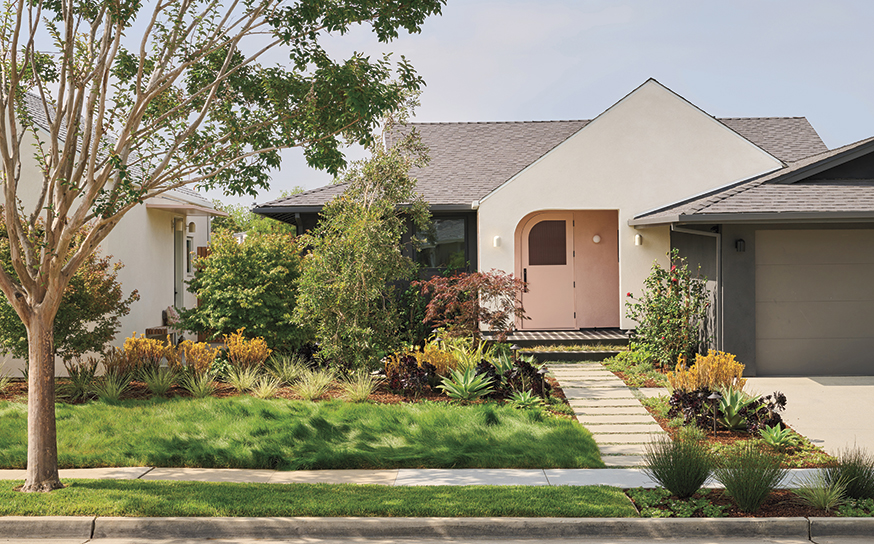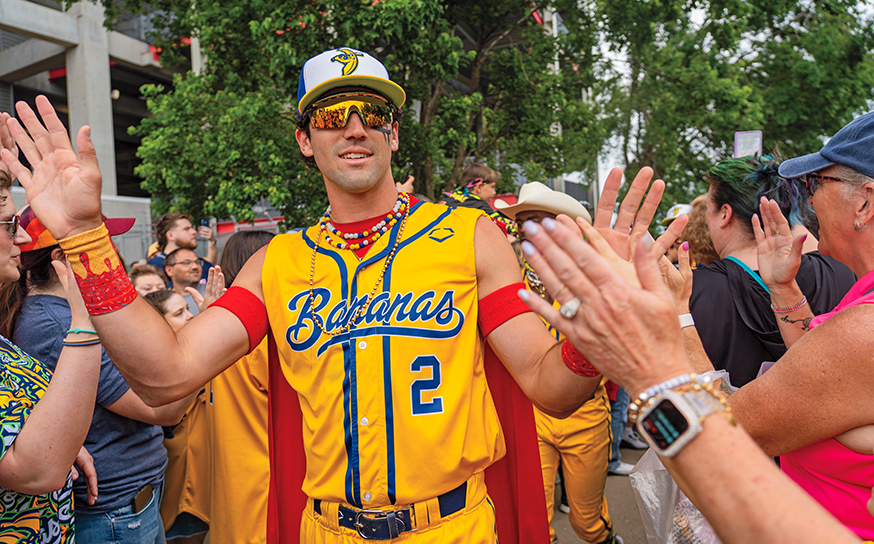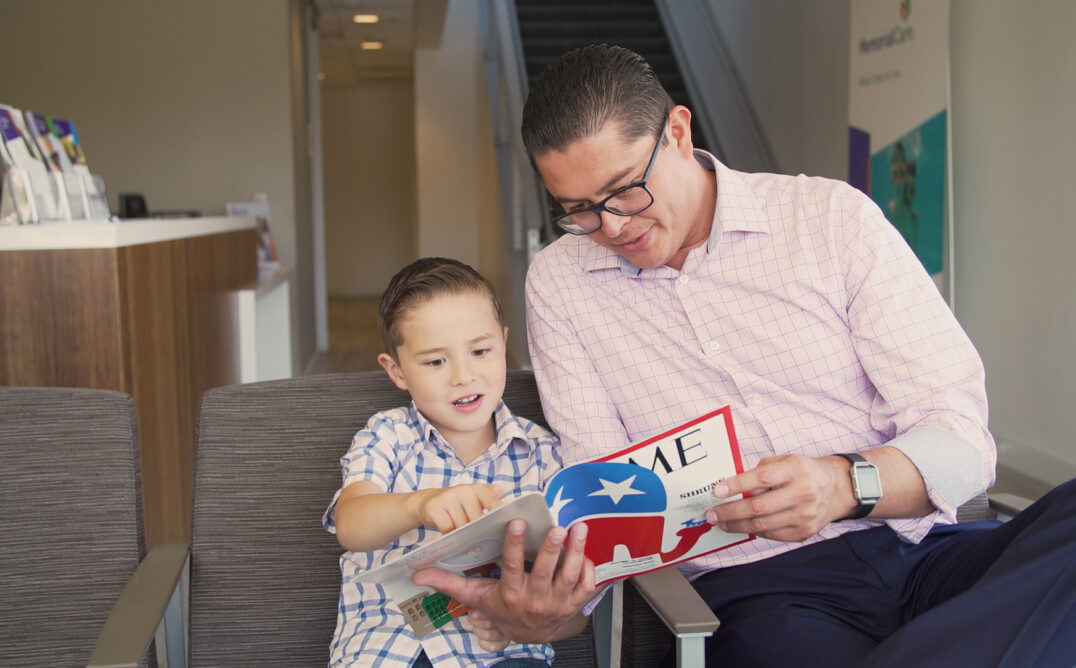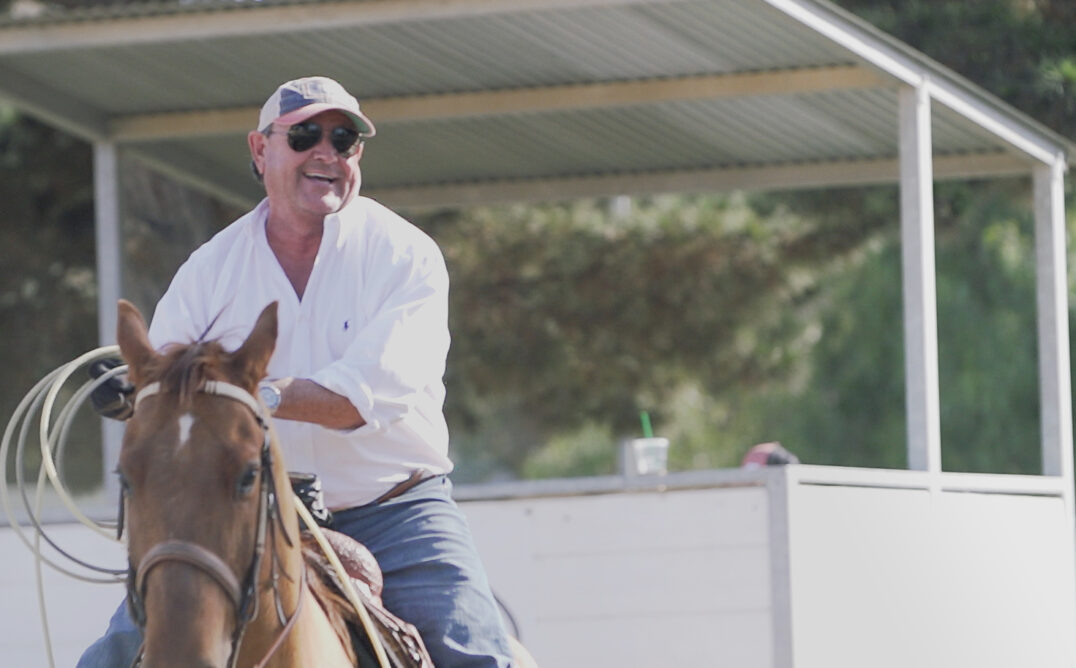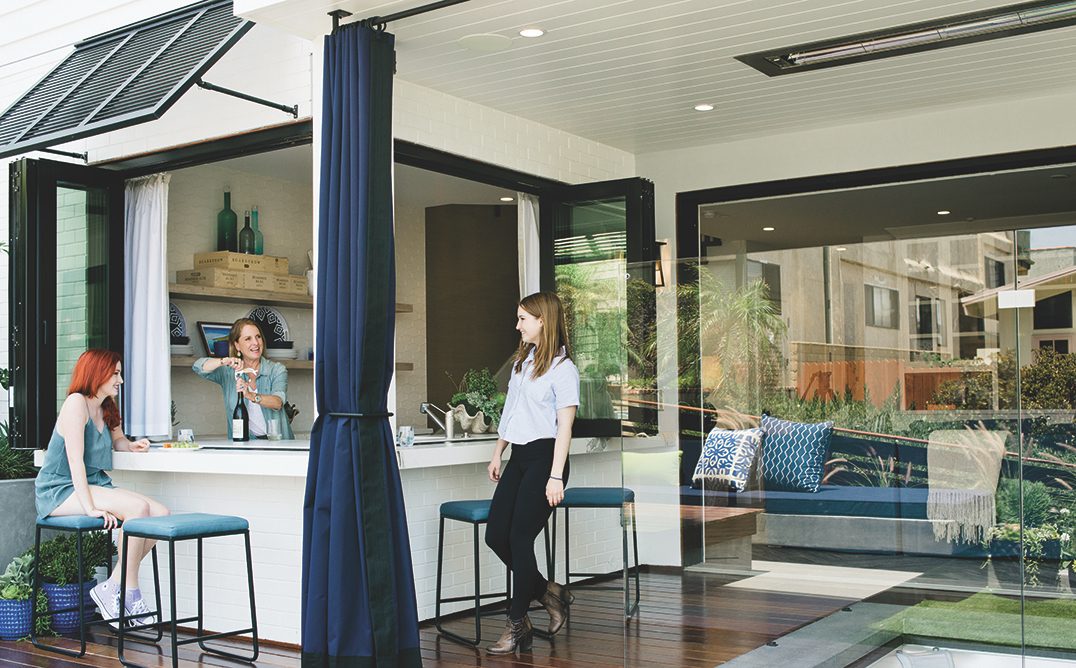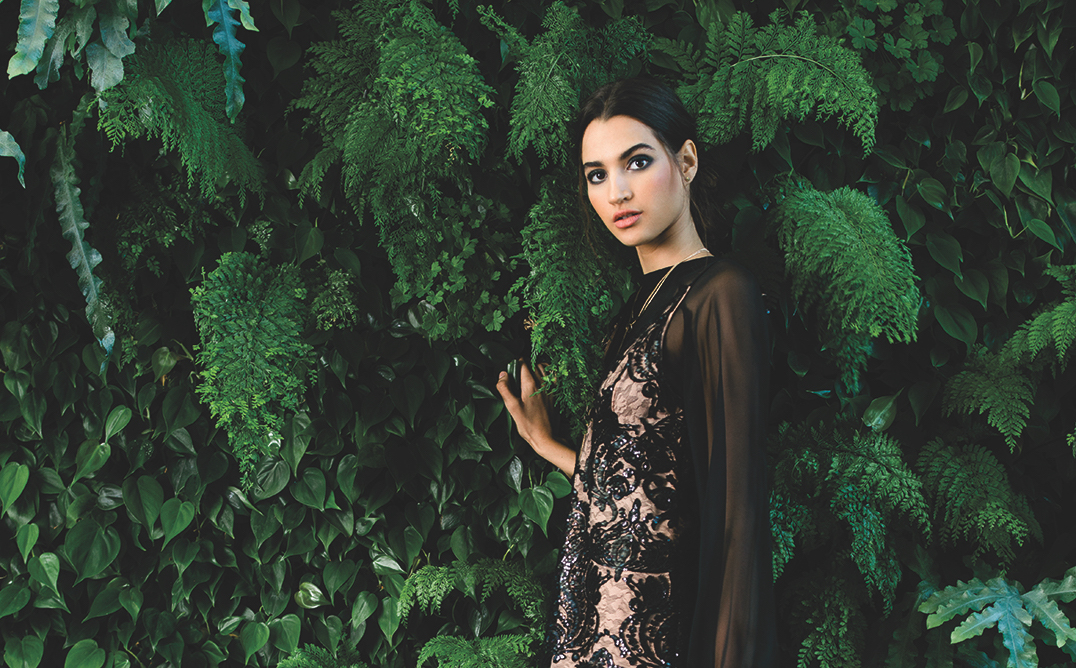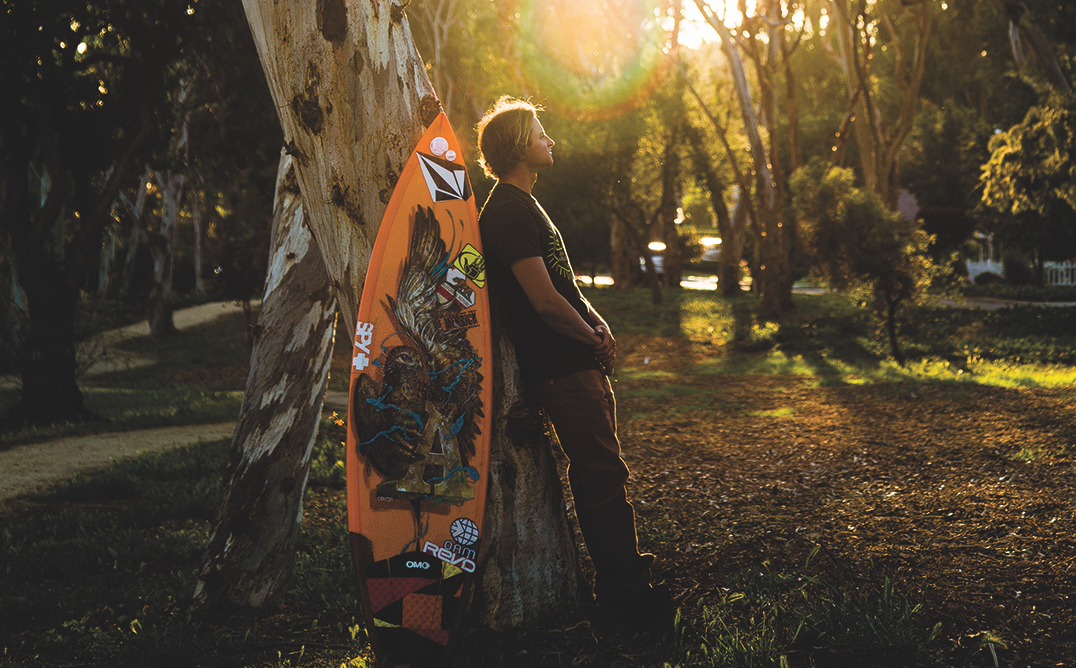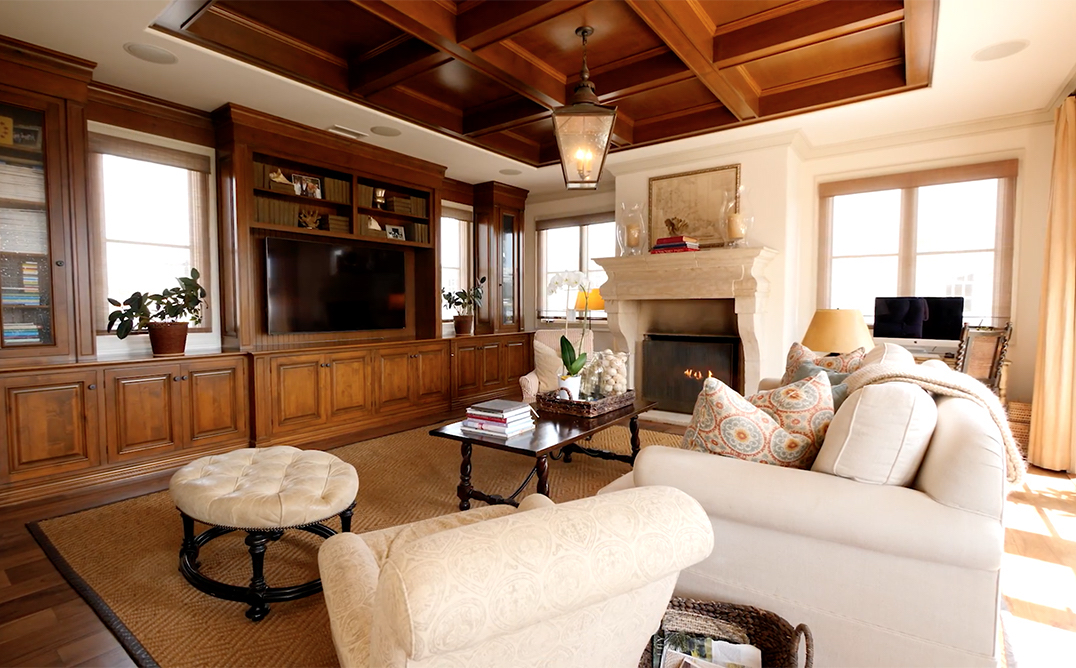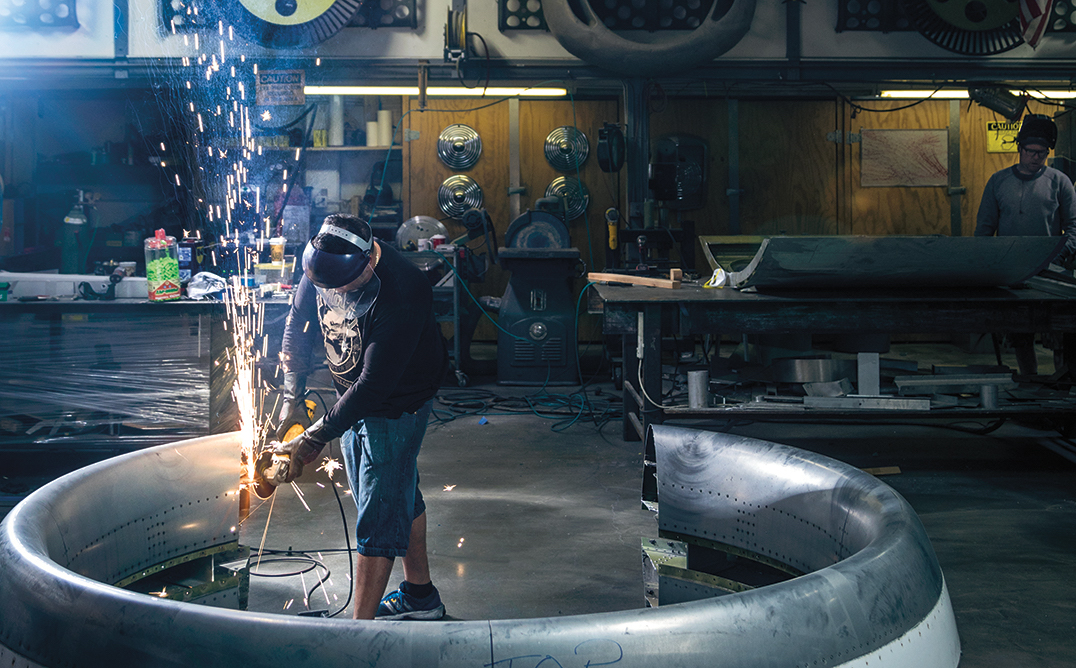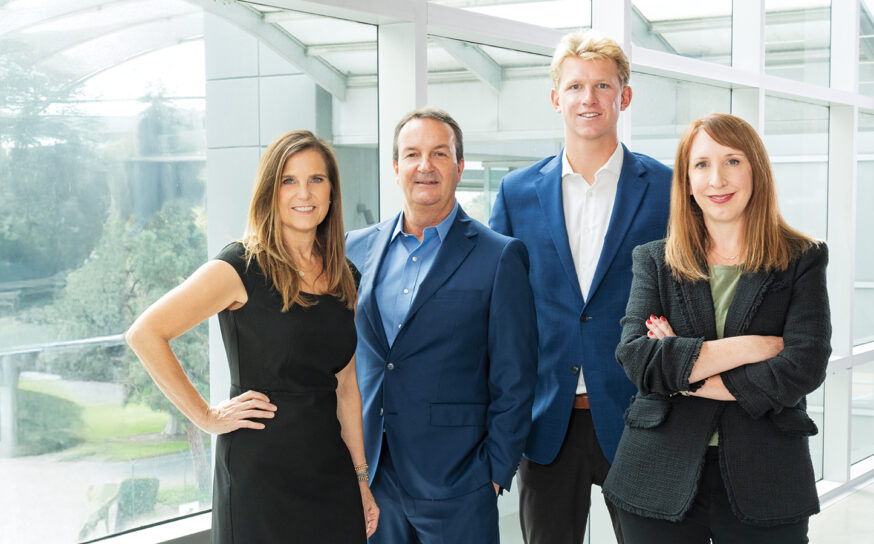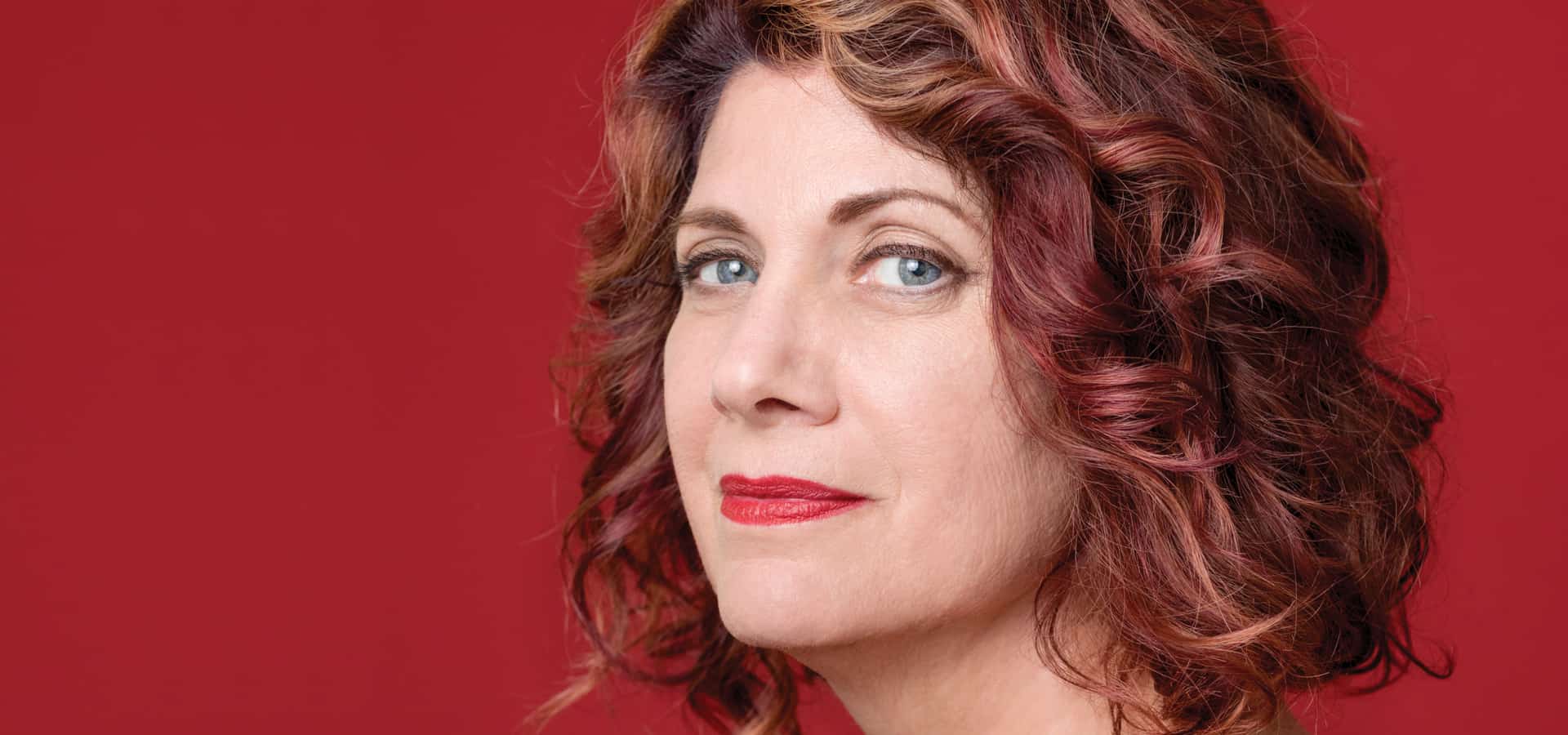
PVAC’s Gail Phinney oversees some of the community’s most dynamic arts outreach
Meet a formidable advocate for the humanities.
- CategoryPeople
- Interviewed byDarren Elms
- Photographed byMonica Orozco
As education director of Palos Verdes Art Center (PVAC), Gail Phinney oversees some of the community’s most dynamic arts outreach. With a wealth of knowledge and deep appreciation for the genres she serves, this Palos Verdes art aficionado might be the South Bay’s most formidable advocate for the humanities.
 Gail, you are an encyclopedia of cultural information. What were some of your earliest exposures to the arts?
Gail, you are an encyclopedia of cultural information. What were some of your earliest exposures to the arts?
My mother was a Holocaust survivor with little formal education, but she loved the arts. As a child growing up in the New Jersey suburbs, my mother would often take me to Manhattan to see theatre and musical performances. But my favorite was the trips to the art museums. I will never forget the first time I went to the Metropolitan Museum of Art. It was a visceral experience. My heart began to beat faster as I walked up the long staircase and encountered the wondrous art inside. From that moment on, I was hooked! Even today it’s palpable—thrilling even—when I encounter a work of art that excites me.
Any particular artists, authors or musicians who had an important influence on you?
I first discovered the society portraits of John Singer Sargent at the Met (Madame X is still my favorite). Later, when I went on to work at the Museum of Fine Arts, Boston, I had the privilege of engaging with Sargent’s paintings on a daily basis. I have a particular love for American paintings, particularly the narrative work of the Regionalists, and I came to admire John Steuart Curry’s Tornado Over Kansas when I was curator of education at the Muskegon Museum of Art. I’m still drawn to figural painting but lately have become more interested in photography—especially women with an unyielding eye to the real like Nan Goldin.
I’m fascinated by a good story. My undergraduate degree is in literature, and I’ve always liked Southern writers like William Faulkner and Tennessee Williams, but one of my favorites is Eudora Welty. Interestingly enough, like her contemporary Dorothea Lange, Welty was a documentary photographer during the Great Depression, capturing the plight of the rural poor in both word and image.
When and why did you arrive in Palos Verdes?
I landed in Palos Verdes in 1997 when my husband took a job at an architectural firm in Torrance and moved with our children from Muskegon, Michigan. Even though I had lived in Los Angeles in the late 1960s, I didn’t know anything about Palos Verdes except for a vague recollection of coming here as a child to visit Marineland. I remember it seemed very rural at the time.
What was it like raising a family in the South Bay?
I feel fortunate to have had the opportunity to raise my four children in the South Bay. I believe that education gives you choices, so providing my children with the best possible education was a paramount goal in our household. All four of my children went to elementary school in the Palos Verdes Peninsula Unified School District and then transitioned into Chadwick School. The older children graduated from East Coast colleges and are successfully following their bliss in the world. My youngest, a rising senior this fall, is on the launching pad. It will be interesting to see where he lands.
How did you become involved with PVAC?
When I arrived in Palos Verdes, I already had a career as a museum educator. I couldn’t believe my luck when I discovered there was an art center right in town. Even more fortuitous was the fact that they were in the process of professionalizing what had previously been a volunteer staff. I feel so blessed to have had the opportunity to work in my own backyard. It enabled me to grow as an arts professional, contribute to the community and find just the right balance between work and family life.
What do you love most about your role there?
I think the thing I love most about being the director of education at the Palos Verdes Art Center is that my role is constantly changing. We are a small staff, and we wear many hats. It’s always a challenge to take on new projects, new responsibilities and learn from them. One of the constants and great takeaways for me are the lasting friendships that have developed over the years, especially my relationships with the women in the Art At Your Fingertips program. It’s a sisterhood, and over the past 20+ years we have supported each other as women, mothers and classroom educators. It’s been a powerful experience.
Any particular artist you’re excited about right now?
Working in this field I’m introduced to new work and new artists all the time. Many of them have become close friends whose work I admire and continue to support. It would be a bit like Sophie’s Choice to pick one particular artist. Let’s just say I’m inspired by a lot of good work that’s happening in Los Angeles right now. I think we’re in the midst of a cultural Renaissance. It’s a wonderful time to be an Angeleno.
Tell us about your master’s degree. What did you study, and what inspired you to do it?
I decided to pursue my master’s degree after the housing crisis hit. With the economic downturn and resulting job insecurity, I realized that I didn’t have the credentials to apply for the job I was doing. In 2009 I received a flyer in the mail at PVAC about a graduate program in arts and humanities at Cal State U Dominguez Hills. What made it interesting to me was that the curriculum was presented through the lens of the city, so all the subjects—English, history, art, music, philosophy, etc.—focused on great cities throughout history, including Los Angeles. Not to mention that the classes were held at night. Working full-time, raising a family and going to graduate school was one of the hardest things I’ve ever done, but it prepared me to take on the new challenge of teaching at the college level.
You also teach at Marymount, right?
I was hired as an adjunct professor of arts and media at Marymount California University five years ago. It was a pivotal time when the institution was transitioning from being a two-year college to a four-year university. Over the years I’ve taught Western Civilization: Art Since the Renaissance, Intro to Arts and Media Methodology and even a history course. I love working with the students and hope that I can help them make a personal connection with art. We live in a visual society, and it is more important than ever to understand how to decode the images that surround us.
What’s next, Gail?
It’s an exciting time to be an arts educator in Los Angeles County. After years of fighting to justify the importance of arts education, the pendulum seems to be swinging back. I’ve been privileged this past year to participate in the Arts Education Innovation Lab, working with a talented and committed group of professionals charged with developing a plan to bring arts education to every student in Los Angeles County with an eye to scale and equity.
Recently I completed the training to become an ACTIVATE Cultural Policy fellow through Arts for LA, and I began to see the arts as a way to engage whole communities in learning. I have a lifetime of experience and have forged some powerful connections over the years. I feel I am poised to begin the most meaningful work of my life. True, there are lots of unknowns, but I can’t wait to see where the journey takes me.




